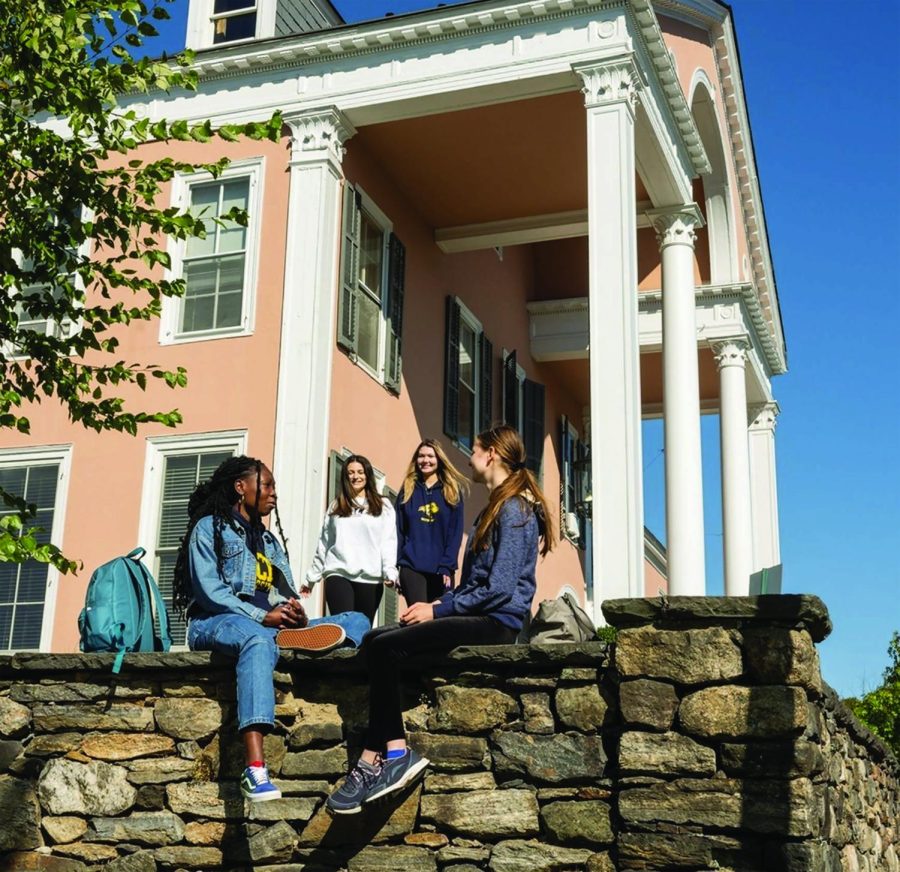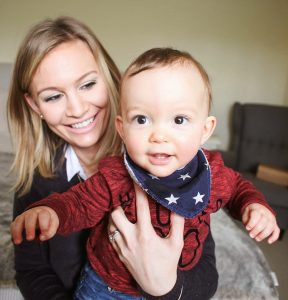Omicron sub-variant wages on in NYC amid University shift from yellow to green alert level
March 30, 2022
On March 3, 2022, the University sent an email to the student body regarding its decision to transition the COVID-19 alert level status from yellow to green on all three of its campuses. The change in alert level will ease COVID-19 restrictions on campus, including an updated mask policy and greater campus visitor allowance.
These changes signal a “new normal” for the University, however, as New York City has continued to lift its COVID-19 mandates, a new subvariant of Omicron has been detected, known as BA.2, and is said to be even more contagious than its sister strain.
According to the University, level green, which they have coined the “new normal,” comes in line with promising pandemic updates from the Centers for Disease Control and Prevention (CDC), New York State and low positivity within the student community, which is being defined as a time when COVID-19 cases are rare and transmission is controlled.
Under the green alert level, students will no longer be required to wear masks in shared common areas such as the cafeteria, hallways and study lounges. Masks will still be required in concentrated spaces such as classrooms and elevators, as well as in healthcare settings, on Pace transportation and for those who are exempt from the vaccine requirement.
Additionally, campus visitor access is restored for non-Pace students, community testing is being relaxed and the Pace Safe app health screening will no longer be required for campus access. These changes were implemented on March 7, 2022.
Some students are wary about the change in policy. University sophomore Maggie Herr expresses her feelings of abnormality after over two years of masking: “I’m definitely anxious,” explains Herr, “But I feel like the reason why I’m so anxious is because I was a COVID senior, so the last time I was walking around without a mask I was 17 years old and in high school.”
On New York City’s campus, 43 new cases have been reported since Jan. 1 and 12 positive cases have emerged the week of March 26. As case numbers decrease and restrictions are relaxed, some students express optimism about the change.
University junior Isabella Ferrara shares an attitude of adjustment to a new normal: “I’m happy about the change because it means the world is going back to normal, slowly but surely,” said Ferrera.
As the University slowly but surely opens up, a new variant makes its way into NYC. BA.2 is a descendant of the highly contagious Omicron variant that has an even higher rate of transmission by about 30 percent. It is unclear where the variant first emerged, however countries like Denmark, India and Britain have been the earliest to see high case numbers.
Currently, BA.2 makes up nearly a quarter of new case numbers in the United States with a concentration in the Northeast. The CDC estimates about 39 percent of cases in New York and New Jersey are BA.2.
Some students grapple with the emerging variant coming in conjunction with ease in campus COVID-19 restrictions.
University sophomore Aman Islam shares his worry about the variant making its way onto campus: “It’s very concerning because it’s more contagious than Omicron,” expresses Islam. “I caught it myself and know a lot of others who did, and so I’m worried about getting it again with this new variant.”
Medical officials believe it is most likely that the emergence of the BA.2 variant will extend the first Omicron wave but aren’t ruling out the threat of a separate surge. But despite the new variant’s presence, students still feel positive about the steps the University is taking in the direction of normalcy.
University sophomore Gabriella Alarcon is hopeful that students will do their part to stop the spread by getting vaccinated and tested when necessary to remain on the green COVID status: “Green means things are getting better. Green means change, green means go,” said Alarcon. “I feel like I’ve been seeing a lot more smiles recently.”
Vaccine and booster requirements remain in place and the University has expressed that they will continue to re-evaluate safety requirements as COVID-19 conditions change.











